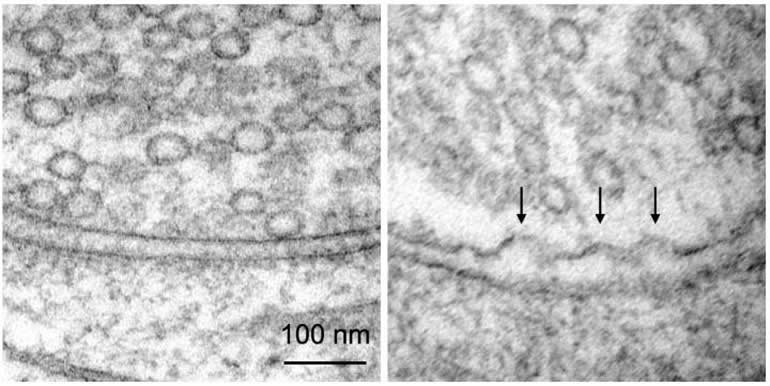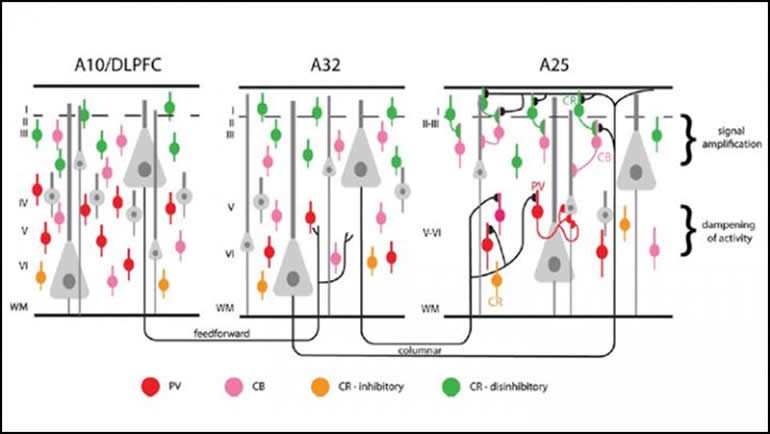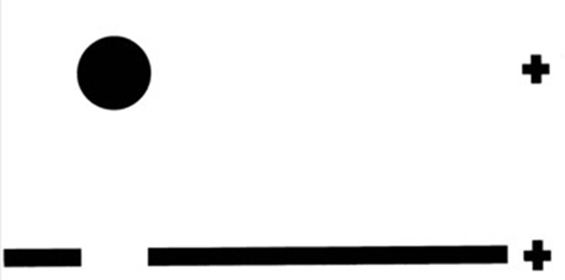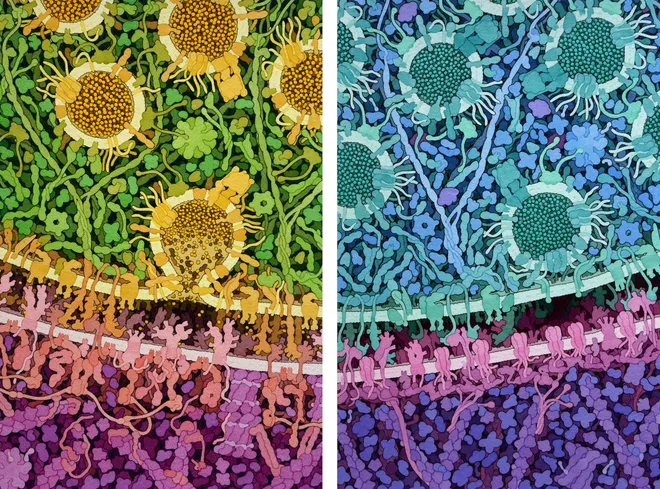Thursday, 1 April 2021
The incredible speed of synaptic transmission

Sometimes you think you know all about a subject because you’ve been making presentations about it for years, or even decades. But then you read one article that makes you realize just how much you didn’t know. That’s what just happened to me. The subject was synaptic transmission, and the article was Synaptic vesicles transiently dock to refill release sites, published in the journal Nature Neuroscience in September 2020. The principal authors of this study, Grant F. Kusick and Shigeki Watanabe of the Johns Hopkins University School of Medicine in the United States, used a cell-imaging technique called “zap-and-freeze” to analyze how neurons release neurotransmitters into synapses. What these authors specifically wanted to understand was how the synaptic vesicles near the tip of an axon (the synaptic button), which fuse with its plasma membrane to release neurotransmitters into the synaptic gap, subsequently form again so that the neuron can be ready to handle the next nerve impulse. Because several tens or even several hundreds of nerve impulses can all arrive at the same synaptic button at one time, the authors reasoned, these vesicles must re-form extremely rapidly for there to be enough of them ready to release neurotransmitters again as soon as the next impulse arrives. (more…)
From the Simple to the Complex | Comments Closed
Tuesday, 9 March 2021
Two very different approaches to identify functional connections between brain areas
 Two recent studies have shown yet again that many more different parts of the brain are often involved in a given mental phenomenon than was once believed. In the brain, nothing is really isolated, and there are no “centres” of anything. Instead, we’re always dealing with multiple interconnected areas of the brain that form networks as demanded by the situations faced or the tasks to be performed. What’s most interesting about these two particular studies is that the researchers used two very different approaches to identify functional connections between brain areas: in one study, they visually traced the path of the axons projected by certain neurons, while in the other, they used genetic methods to isolate a new kind of membrane receptor. (more…)
Two recent studies have shown yet again that many more different parts of the brain are often involved in a given mental phenomenon than was once believed. In the brain, nothing is really isolated, and there are no “centres” of anything. Instead, we’re always dealing with multiple interconnected areas of the brain that form networks as demanded by the situations faced or the tasks to be performed. What’s most interesting about these two particular studies is that the researchers used two very different approaches to identify functional connections between brain areas: in one study, they visually traced the path of the axons projected by certain neurons, while in the other, they used genetic methods to isolate a new kind of membrane receptor. (more…)
Emotions and the Brain, Memory and the Brain | Comments Closed
Thursday, 11 February 2021
Revisiting an optical illusion in terms of predictive processing
 I recently came across a little experiment that I posted years ago on this website to show how the blind spot in each of your eyes works. The blind spot is a part of the retina where there are no photoreceptors, because it is where the axons of the retina’s ganglion cells converge and exit the eye, forming the optical nerve. As a result, there’s a corresponding area in your field of vision that doesn’t register on the retina. Hence, in theory, you shouldn’t see anything there. But in reality, you don’t see any such blank spot in your field of vision.
I recently came across a little experiment that I posted years ago on this website to show how the blind spot in each of your eyes works. The blind spot is a part of the retina where there are no photoreceptors, because it is where the axons of the retina’s ganglion cells converge and exit the eye, forming the optical nerve. As a result, there’s a corresponding area in your field of vision that doesn’t register on the retina. Hence, in theory, you shouldn’t see anything there. But in reality, you don’t see any such blank spot in your field of vision.
To find out why not, let’s revisit this optical illusion from the standpoint of predictive-processing theory, which has become more and more accepted in cognitive science over the past 10 years or so. (more…)
The Senses | Comments Closed
Thursday, 14 January 2021
Being rich makes you less empathetic (even when it’s just Monopoly money)
 Today I’m going to talk about the work of social psychologist Paul Piff, whose research interests revolve around social hierarchies, economic inequality, altruism and co-operation. I learned about Piff while working on a French-language documentary inspired by the book Capital in the 21st Century, by French economist Thomas Piketty. In this documentary, Piff explains an experiment in which people playing the board game Monopoly showed disturbing changes in behaviour when they won repeatedly because the researchers had rigged the rules in their favour (more money to begin with, more dice to roll to pass Go more often, etc.)—in other words, had given them more power. I have touched on this same subject in an earlier blog post, about Dacher Keltner’s research on how wealth alienates the wealthy from their humanity. And it turns out to be no accident that these two authors’ findings are so consistent: as I just discovered this morning, they have published many articles together! (more…)
Today I’m going to talk about the work of social psychologist Paul Piff, whose research interests revolve around social hierarchies, economic inequality, altruism and co-operation. I learned about Piff while working on a French-language documentary inspired by the book Capital in the 21st Century, by French economist Thomas Piketty. In this documentary, Piff explains an experiment in which people playing the board game Monopoly showed disturbing changes in behaviour when they won repeatedly because the researchers had rigged the rules in their favour (more money to begin with, more dice to roll to pass Go more often, etc.)—in other words, had given them more power. I have touched on this same subject in an earlier blog post, about Dacher Keltner’s research on how wealth alienates the wealthy from their humanity. And it turns out to be no accident that these two authors’ findings are so consistent: as I just discovered this morning, they have published many articles together! (more…)
Emotions and the Brain | Comments Closed
Monday, 14 December 2020
Using science to create art.
 Some scientists use science to create art. One good example is Greg Dunn, a neurobiologist and visual artist. They are a startling combination of the precise images captured by neuron-imaging technology and the traditional techniques of Japanese ink-wash painting, also known as sumi-e.
Some scientists use science to create art. One good example is Greg Dunn, a neurobiologist and visual artist. They are a startling combination of the precise images captured by neuron-imaging technology and the traditional techniques of Japanese ink-wash painting, also known as sumi-e.
More recently, I have discovered the impressive image of David Goodsell, who transforms deadly viruses into stunning works of art. Goodsell is a biologist who studies the molecular structure of cells at Scripps Research in San Diego, California. The watercolours that he paints with such precision represent the molecules that compose human cells and the bacteria and viruses that attack them constantly (such as the HIV, Ebola and Zika viruses below, as well as coronaviruses). (more…)
From the Simple to the Complex | Comments Closed







